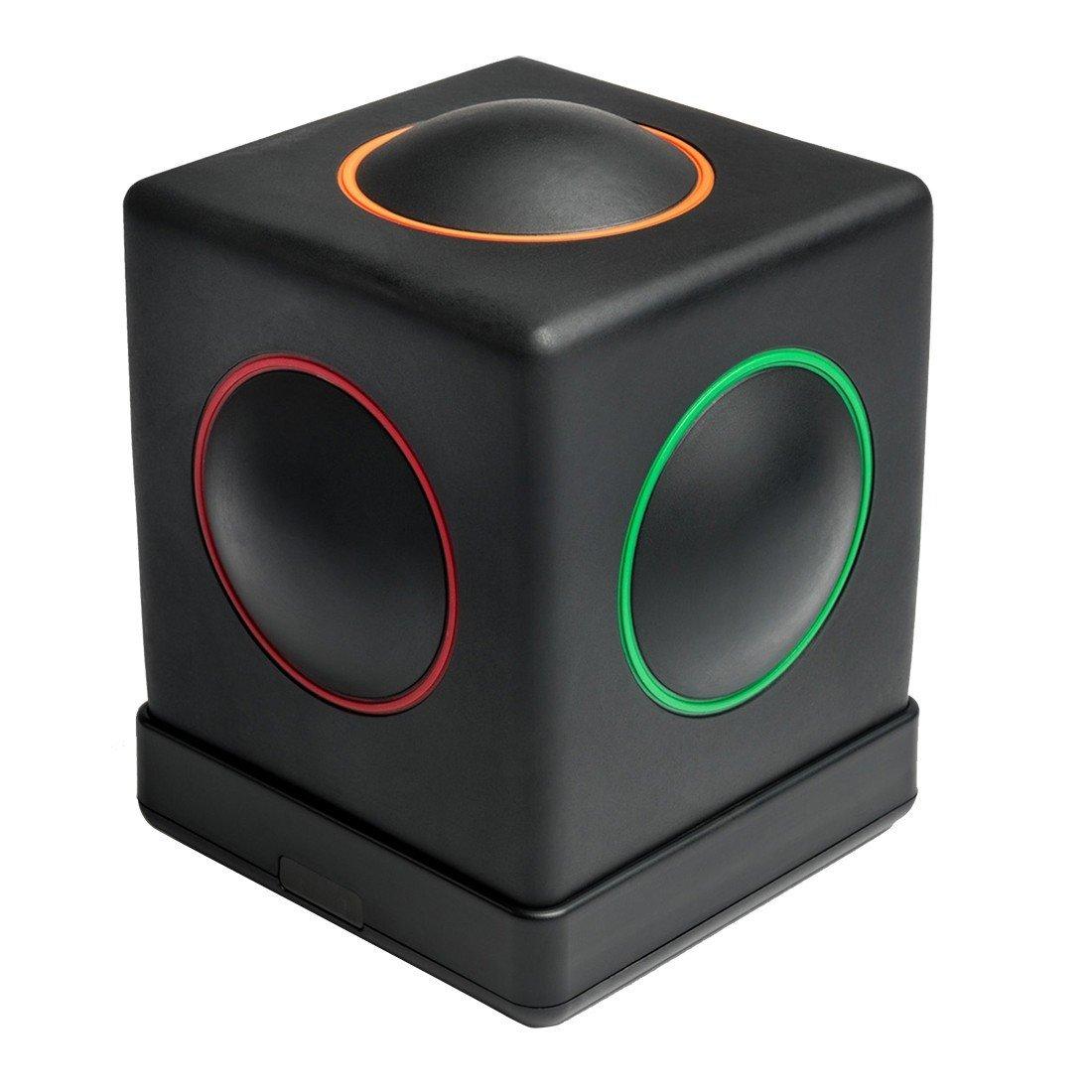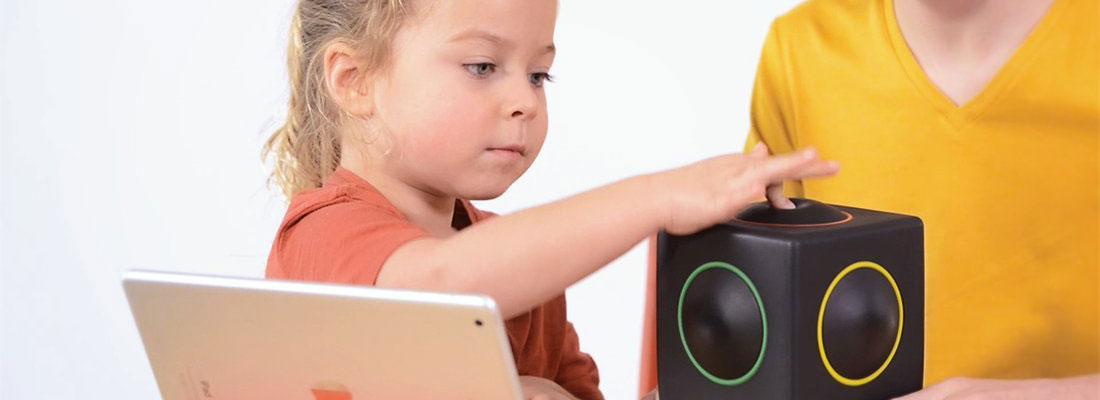Including students with disabilities into a traditional music education classroom may seem like a challenge, especially when the class is very performance oriented such as in a band, orchestra, or general music setting. With the effective and well planned use of technology, a motivated teacher can help any student at any functional level become a part of the music making process.
NAfME has made an effort to emphasize this fact through the new national standards, writing them with universal design for learning in mind. Adapting to almost any disability is often as simple as finding the right tools to meet the needs of the specific student, and such accommodations need not be incredibly expensive or complicated to use.
Professional Development and Special Needs Music Students
One of the more personal and intensive learning opportunities for teachers to develop their techniques will occur on October 25th, just in advance of the 2014 NAfME National Conference in Nashville, TN. On that day many different sessions will focus on including disabled learners of all kinds into existing music education programs and will be taught by some of the most experienced and prominent educators in the field. Even if you are unable to attend the conference it is still possible to take the first step toward a truly inclusive music education classroom. We spoke with three highly respected music educators to try to discover some of their best special education resources.
Assistive Technology Options For Special Needs Students In Music
Assistive technologies to help special needs music students be a part of an ensemble can come in many different forms. Kimberly McCord, Professor of General Music Education and Special Music Education at Illinois State University points out that “assistive music technology can be anything low tech such as tuba stands, adjustable Orff instrument stands, and even pencils with gel grips. On the high tech end are instruments specifically designed for students with disabilities such as the Soundbeam, the Magic Flute, or the Skoog.”
Adam Goldberg, Teacher of Instrumental Music and Music Technology at P.S. 177 in Queens, NY, has also heard of the Skoog and is considering using it in some of his classes next year, but recently his adaptations have been mostly tablet based. “I travel from classroom to classroom, and out of convenience I have settled on iPads. There are apps on the iPad that seem to fit whatever I need the most educationally, musically, and in terms of practicality. I teach at a special needs school, and until now it was difficult to reach all of my students when using traditional instruments, but with the iPad and the incredible assortment of apps it has made my program accessible to almost every student.”
Goldberg believes that the interactive visual aspect of the iPad along with the auditory aspect as well helps a lot when teaching to certain kinds of disabilities. “A multisensory approach is very important for kids with special needs. If a kid thinks they are just playing with colors and it comes out as music then so much the better.” He also believes that the benefits of using these tools goes beyond just making music. “Using these tools allows me to get my kids playing music in a musically social environment. It helps them develop their social skills as well. With the iPad we can help students more easily bring out their true abilities and push the focus on their disabilities to the side.”
Flexible Apps For All Kinds Of Students
When it comes to specific apps to use with his students Goldberg looks for programs that are flexible enough to meet the needs of multiple learners. “With each class we have some who can do things more independently and some who require assistance.” As a result he looks for apps that can be modified and adjusted as needed rather than apps that only do one thing. “ThumbJam for example can be limited down to as little as two notes if needed, while an app called MorphWiz can allow a student to sustain notes and perform in a rhythmic framework. At the same time though the student can still just slide their finger to play specific notes.”
Sources Of Additional Information
As an additional resource and potential classroom application, Mike Lawson, Executive Director of the Technology Institute for Music Educators also points out that TI:ME is in the process of developing cross platform app that will be useful for use with special needs students. “We are currently crafting a free curriculum to teach special needs students the basics of music. TI:ME will be authoring some new courses specifically to help music teachers with special needs students in music.” The target date for the release of this new curriculum and tablet app is February of 2015 to coincide with TI:ME’s 20th anniversary.
There are other ways to help students in the music classroom that go beyond the use of physical technology tools. McCord points out that sometimes making accommodations for a student’s needs involves changing the way we look at and read music. “I really love how the Resonaari School in Helsinki uses an adaptive notation system known as FigureNotes for people with intellectual disabilities to help them learn to play instruments.” The FigureNotes system, along with many other alternative educational techniques are being developed at the Drake Music School in Scotland as well as at other schools here in the United States.
Finding useful ideas and resources such as these isn’t a difficult task if you know where to look. McCord recommends the many materials and other resources available through the NAfME Children With Exceptionalities website. The documents provided there can help you discover dozens of interesting music technology ideas, many of which can be used regardless of grade level or disability. Once you have found the right kind of adaptation, technology based or otherwise, even your most severely disabled students can experience the joy of participating in the music making process.
Recommended Hardware For Special Needs Music Students
The Skoog
A Durable, Versatile Alternative MIDI Controller For Students Of Any Level
 The Skoog is a specialized MIDI controller designed for use by people with special needs. Shaped like a soft, flexible cube with colored spheres jutting out from the sides, the entire object reacts to the touch of the user. Special software allows you to program each of the Skoog’s colored surface areas with different sounds, and since the Skoog is squishy, it can be squeezed and manipulated in other ways that in turn provide different sounds. The Skoog can also be used together with Garageband and other digital audio workstation software.
The Skoog is a specialized MIDI controller designed for use by people with special needs. Shaped like a soft, flexible cube with colored spheres jutting out from the sides, the entire object reacts to the touch of the user. Special software allows you to program each of the Skoog’s colored surface areas with different sounds, and since the Skoog is squishy, it can be squeezed and manipulated in other ways that in turn provide different sounds. The Skoog can also be used together with Garageband and other digital audio workstation software.
MaKey MaKey
Make Your Own Special Needs Musical Device From Almost Anything
While there are dozens of different products on the market that are specifically designed for special needs music applications there is one that quite literally allows you to create your own unique device from almost any material. If the Skoog or other products won’t work for you consider building your own using the Makey Makey.
The entire MaKey comes in a small 6 inch long box and at first glance appears to just be a collection of wires and a circuit board. When connected to a computer via the USB cable however you can then connect the various clips to almost any object and turn it into a keyboard trigger. Any object that can conduct even a small amount of electricity will work. It works with everything from a blob of Play Doh to fruits and vegetables, as well as thousands of different everyday objects. The possibilities are endless, allowing for some very specific adaptations depending on the needs of the student. There are already a number of different programs available that make the process of setting up the sounds very easy. For more information visit the MaKey MaKey website.
Online Special Needs Resources and Ideas For Music Classes
NAfME Strategies For Students WIth Special Needs
NAfME Strategies For Working With Special Needs Students In The General Music Classroom
NAfME Special Research Interest Group for Children With Exceptionalities
2014 NAfME Special Learners Preconference
This article originally appeared in the October 2014 issue of Teaching Music Magazine and is reprinted here by the original author.
